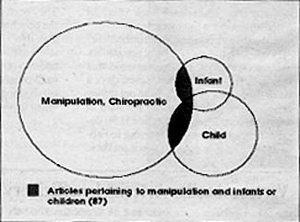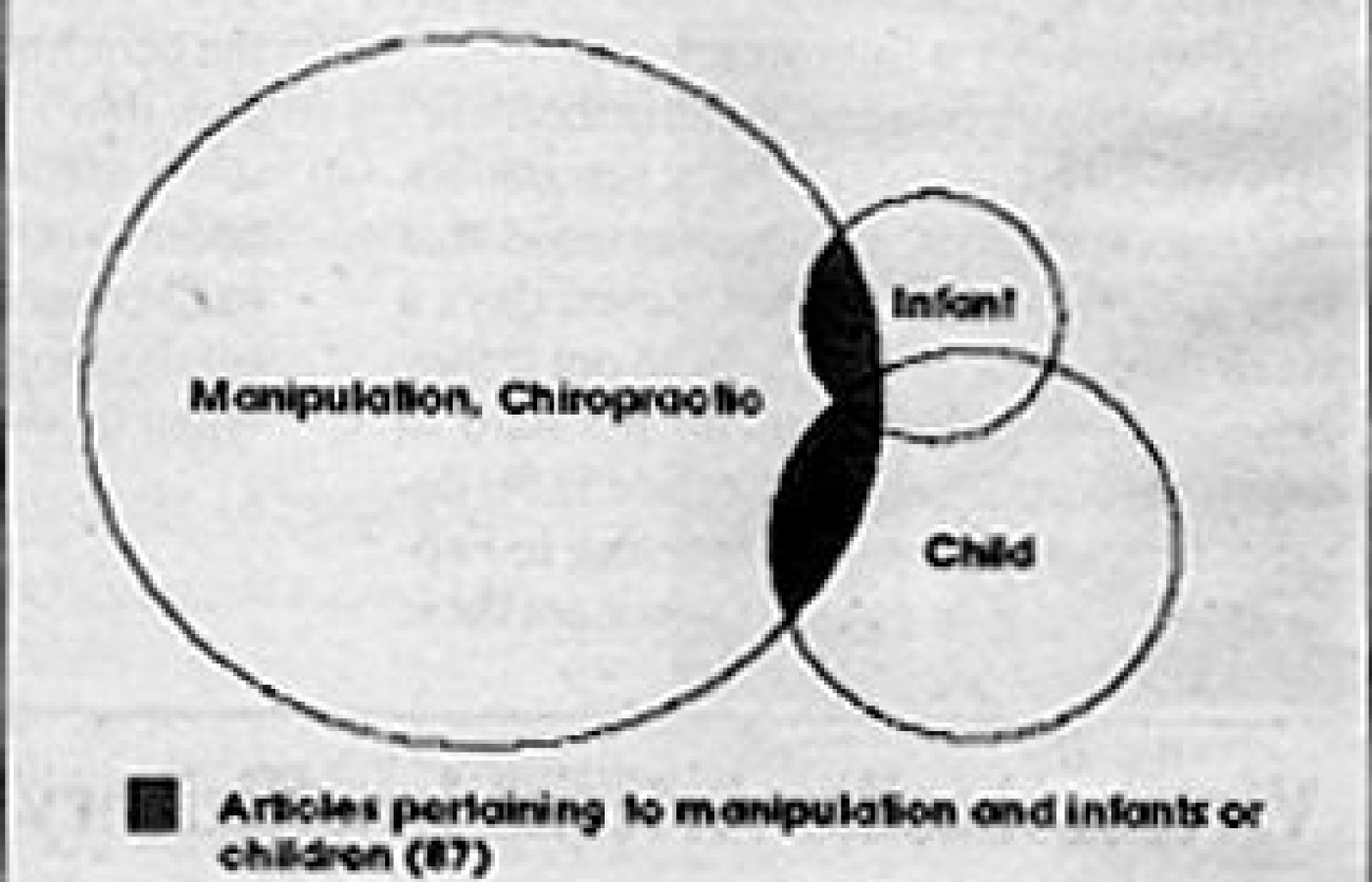New York's highest court of appeals has held that no-fault insurers cannot deny no-fault benefits where they unilaterally determine that a provider has committed misconduct based upon alleged fraudulent conduct. The Court held that this authority belongs solely to state regulators, specifically New York's Board of Regents, which oversees professional licensing and discipline. This follows a similar recent ruling in Florida reported in this publication.
Chiropractic Pediatrics
There have been a number of criticisms of the chiropractic profession in general and a few practitioners in particular related to the treatment of children. Governmental reviews like the New Zealand report are opposed to chiropractic care of children on the grounds that it is useless at best and potentially harmful. The recent "20/20" coverage also provided a very negative focus on this issue. At a time when health care reform is forcing all professionals to put up or shut up, the question is just what has been published to support the chiropractic treatment of children?
Boolean Arguments
In order to thoroughly and expeditiously search "on-line" computer systems for information related to the treatment of children, we need to be familiar with the restricted vocabulary used by indexers. The Medical Subject Headings (MeSH) (see Dynamic Chiropractic, April 22, 1994) represent the majority of terms used by biomedical indexers. Depending on the specific information required, appropriate terms for searching the literature in databases like Medline, Biosis, and CHIROLARS could include: child, infant, therapy, chiropractic-methods and manipulation, orthopedic. "Pediatrics" would not be an appropriate search term because, except in rare circumstances, the National Library of Medicine reserves its use for the specialty of pediatrics, not treatment of children. Chiropractic indexes like Index to Chiropractic Literature and CHIROLARS have some supplemental terms like "manipulation, chiropractic" that can also be used in searching. To take advantage of the power of on-line searching, it is also important to be able to construct good arguments with these headings (subheadings and check tags). These logical arguments, or Boolean arguments, utilize "and," "or," "not," and other terms to combine headings.
An effective Boolean argument for finding articles on chiropractic manipulation and children would be the following:
| Vocabulary Terms to Use Headings/Subheadings | Arguments and/or/not | # of Articles Related to Each Term |
| Manipulation, Chiropractic | and | 1,419 |
| Child | or | 897 |
| Infant | 190 | |
| Total # of Articles Meeting Search Strategy | 87 | |
A graphic depiction using a Venn diagram of this computer database search is reflected as follows:

The database has nearly 2,500 articles dealing with treatment using manipulation. By using the more specific term "manipulation, chiropractic" which has 1,419 references, nearly half of the unwanted citations from osteopathy or medicine were eliminated. Using the search terms "child" and "infant" further reduced the number of chiropractic manipulation articles from 1,419 to 87.
Chiropractic Pediatric Treatment
The following is a sample of two of the 87 articles from the CHIROLARS database search as described above:
Leboeuf C, et al. Chiropractic care of children with nocturnal enuresis: a prospective outcome study. Journal of Manipulative and Physiological Therapeutics, 1991;14(2):110-5.There has been decades of anecdotal information suggesting that chiropractic manipulation can favorably treat enuresis in children. This study includes 171 subjects ages 4 through 15. The only treatment administered was chiropractic adjustments. Despite the large sample size, the study failed to support the premise that chiropractic adjustments are effective in the treatment of enuresis.
Lines DH. A holistic approach to the treatment of bronchial asthma in a chiropractic practice. Chiropractic Journal of Australia 1993;23(1):4-8.
This research describes three case reports (two with children) who received favorable results from the chiropractic care of asthma. Treatment interventions included identifying allergens from both the environment and food sources, patient education and spinal manipulation. This study, like the one above, stresses the need for additional research.
The number of studies from peer reviewed journals that support the value of chiropractic care for children is very small. This absence of literature does not suggest that chiropractors cannot effectively deal with many childhood problems but simply that the profession has not done the work to support chiropractic pediatrics. Even the most thorough literature search cannot locate what has not been published but, if each field doctor would produce one case report for publication during the next year and support research organizations like FCER, this picture could rapidly change.
Ronald Rupert, MS, DC
Lake Dallas, Texas
Editor's Note: Dr. Rupert is an extension faculty member and consultant to the division of research at Cleveland Chiropractic College, Kansas City, and is editor of CHIROLARS. Questions related to on-line searching may be directed to his office at (817) 898-0234.



